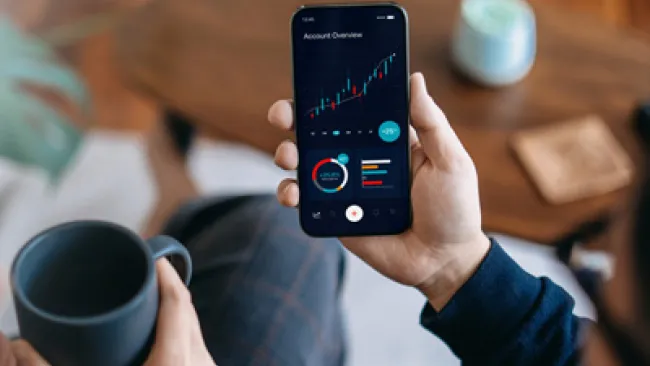Customers live on their phones, but not in the same ways they used to. Prior to COVID-19, chat and messaging capabilities catered to users always on the go, then it played a vital role in servicing those who were mostly homebound and needed essential services from groceries to healthcare.
Chat and messaging both play an important role in servicing your customers, but these services are not identical, and we see opportunities for innovation in the latter. Let’s explore their differences and how they can best assist users.
What is chat?
Chat is a dedicated interaction session that pops up on a brand’s website and/or mobile app. In most cases it’s an artificially intelligent virtual agent that greets you in the corner of the screen with the option to continue the conversation with the AI or transfer to an agent.
Chat serves an important purpose in the omnichannel ecosystem, but it’s not without its limits. These platforms often keep the customer glued to one channel. Users typically wait for the window to open for the agent to respond, and if anyone closes the window, the session is canceled with the interaction history lost. Information is not saved on the customer side and may or may not be saved on the agent’s side.
What is messaging?
Messaging is a text-based, one-to-one conversation that usually occurs on a mobile device or platform like Facebook Messenger, WhatsApp, SMS text messaging, or within an app. Unlike web-based chat that occurs in a pop-up screen where both parties must be logged in, messaging is asynchronous, meaning the customer doesn’t need to stay in a session to send or receive messages.
Messaging takes the idea of web chat and moves it to where consumers already spend their time – on SMS, in apps, or on third-party communications platforms like Facebook, Snapchat, or Apple Business Chat. Messaging is convenient, provides context, and allows conversations to be more personal with emojis, gifs, and links to information.
Create effortless experiences anywhere, anytime
Customers want personalized service that is quick and personalized. Chat and messaging capabilities both have the capabilities to serve these needs, but businesses need to understand where it’s appropriate to deploy each channel.
To learn where chat and messaging will be most effective, explore these resources today:
6 Proven Ways to Win with Messaging: Discover and explore why your customers want to message you, the best ways to implement the evolving channel, and 6 key steps to achieve CSAT success.
What is Asynchronous Messaging?: Learn how asynchronous messaging differs from synchronous forms of communication and learn the benefits of utilizing asynchronous messaging as a customer communication channel.
8 Messaging Myths Debunked: It’s important to spot the fiction from reality when it comes to delivering great messaging experiences. We’ve debunked some of the most common messaging myths out there.
Top 5 CX Gaps in Messaging and Chat: We mystery shopped some famous brands. In this infographic, see what we learned about their chat, messaging, and texting conversational experiences.
Meet the “Chat Avengers: Who are you going to call when you want to deliver a great customer experience with chat? Meet TTEC’s “Chat Avengers” – a super force of experts whose mission is to create amazing chat sales and service interactions for consumers and brands.
5 Tips for Messaging Success: Learn the 5 keys to getting ready for Apple Business Chat and messaging, including differences from established chat channels, how to recruit and train the right talent for messaging, and how to map out the customer journey across messaging channels.
Alexa, what is the ROI of Voice and Chat Assistants?: New research finds that customers increasingly want their voices heard by brands, literally.
How Well Do Brands Use Mobile Messaging and Live Chat?: When customers reach out to a brand with sales or customer service questions, they increasingly do it from their mobile devices. Whether it be voice, chat or SMS messaging, digital-first mobile customer interactions are growing fast.

















